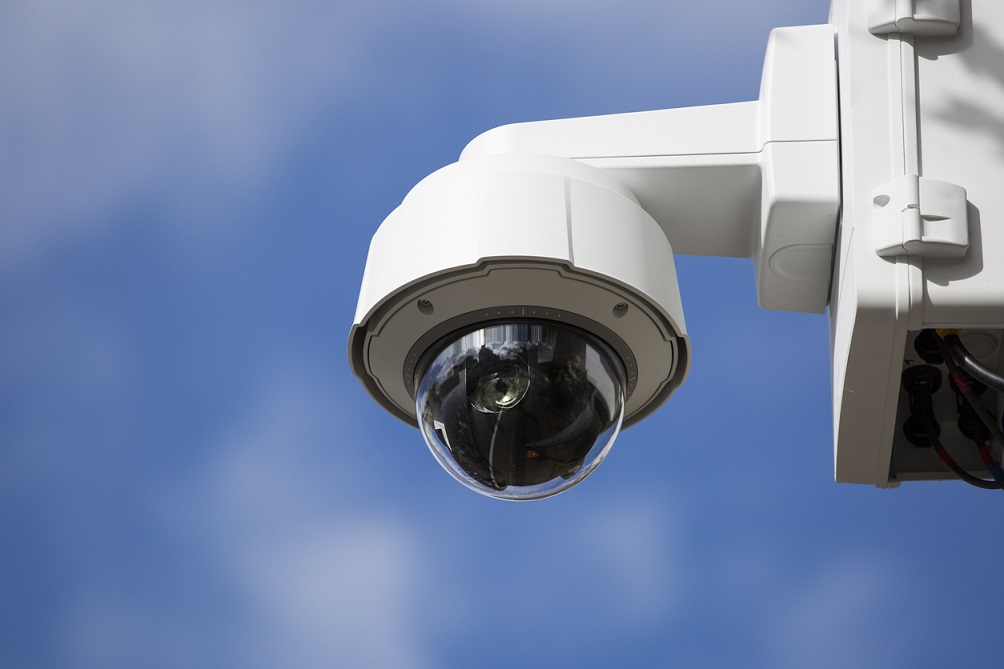If your live event is ready to begin live streaming, whether it be a convention, religious gathering, live show, or anything in between, one of the best decisions that you can make when it comes to expanding your audience and connecting with your base is using PTZ cameras.
One of the most functional and versatile camera options on the market, a PTZ Camera is one that is installed into a single place and can pan, title and zoom to reach many different parts of the room that the live event is taking place in. Better than that, all of the camera movements and controls are completely remote! That means that you will have the functionality of a huge camera crew and operation team while using much less space and spending much less money. You also have the benefit of being able to run more than just one camera from a single control location.
So, how do you go about installing PTZ cameras in your live events? Here are some important questions that you are going to want answered.
How many PTZ cameras should I get?
The beautiful thing about PTZ cameras is that in a lot of cases, all you really need is one. PTZ cameras can pan, tilt and zoom so that they can follow one, or several subjects as they – for example – move across a stage during a speech or sermon.
That being said, if you are covering an especially large stage, it never hurts to get a second or third camera that you can switch to during your event in order to get multiple ideal angles during the course of your event.
That being said, for the vast majority of events, one camera pointed at the center of the stage is going to offer you more than enough options when it comes to angles of your event.
How do you connect your PTZ cameras?
PTZ cameras are typically really easy to set up and can be connected to other recording and broadcasting devices a number of different ways. The most common are through HDMI, SDI, USB and IP. Choosing the right connection for your event is going to depend on two primary factors. Those factors include what the rest of your streaming setup is like and what the distance of your camera is from your control panel.
When it comes to the different kinds of cables keep in mind that USB is the most limited connection and loses signal after just a few feet. HDMI cables can travel up to 50 feet without a need for signal extenders. SDI can send signals up to 1000 feet without any substantial signal loss. Finally, IP connections can reach up to 328 feet or 100 meters. Plotting out your connection will require you to keep the space that you are holding your event in mind as well. You will want to make arrangements to run it under carpets or along the walls to avoid disrupting foot traffic throughout your event.
What is the zoom of a PTZ camera like?
One of the biggest mistakes that people make when figuring out how to record their live events is choosing a camera that does not have the necessary zoom compatibility to capture the event in the very best way. Simply, optical zoom is the ability to enhance the image magnification without moving the camera physically closer to the subject. This is especially true when people are watching the event on computer screens and mobile devices, it may be important to be able to offer a tight frame of the person speaking, singing or performing.
If your cameras need to be fairly far away from the stage or subject, your camera is going to be able to handle a high distance zoom while still offering high-quality images. Luckily, there are PTZ cameras available on the market that offer great zoom options from 12 times, 20 times, and 30 times zoom. If you are looking to get an idea of just how strong that is, a 30 times zoom will allow you to get a medium close-up shot, which is a shot that frames someone from their shoulders to their heads, from as far as 75 feet away!
How are you going to control your camera?
One of easiest ways to control a PTZ camera is to find a highly popular streaming software that you know is compatible with the type and model of camera that you end up going with. This really requires just a little bit of research. Some of the most popular programs that those who use PTZ cameras go with are vMix, Wirecast, OBS, TriCaster, Livestream Studio and more.
Another thing to keep in mind is that there are a lot of iOS and Android smartphone apps that will allow you to use your smartphone as a control panel. The same can be said about a smart tablet such as an iPad or something similar.
If you are committed to getting the very most control out of your PTZ camera, one thing that some broadcasters go with it purchasing a dedicated joystick that will allow you to easily control your camera or cameras with one hand.
How should you mount your camera?
The final thing to consider when you are preparing your space for your live event and broadcast is to figure out where exactly you are going to mount your PTZ camera. One of the best things about PTZ cameras is that you will most likely not need a tripod of any kind.
That’s because most PTZ cameras come with sleek wall mounts that you can get in either white or black so that they match the color of your wall seamlessly. The important thing to do is to make sure that you test a few different areas facing the stage to help you get the best overall view of the room, stage and more. This will lead to the very best livestream of your event!
